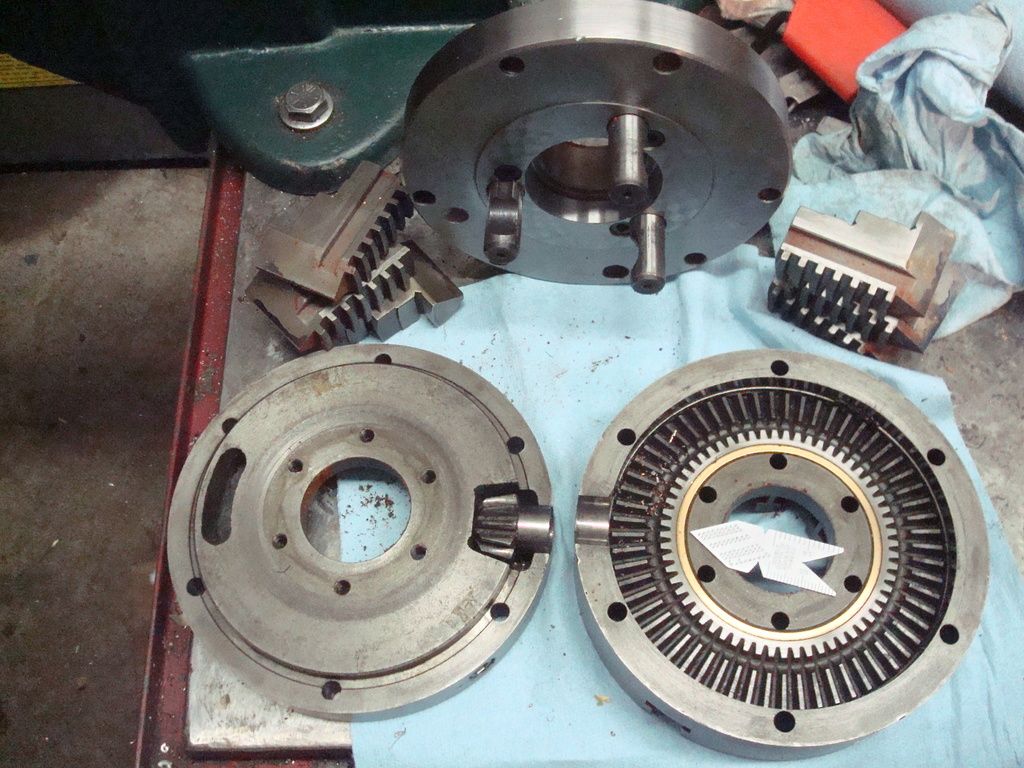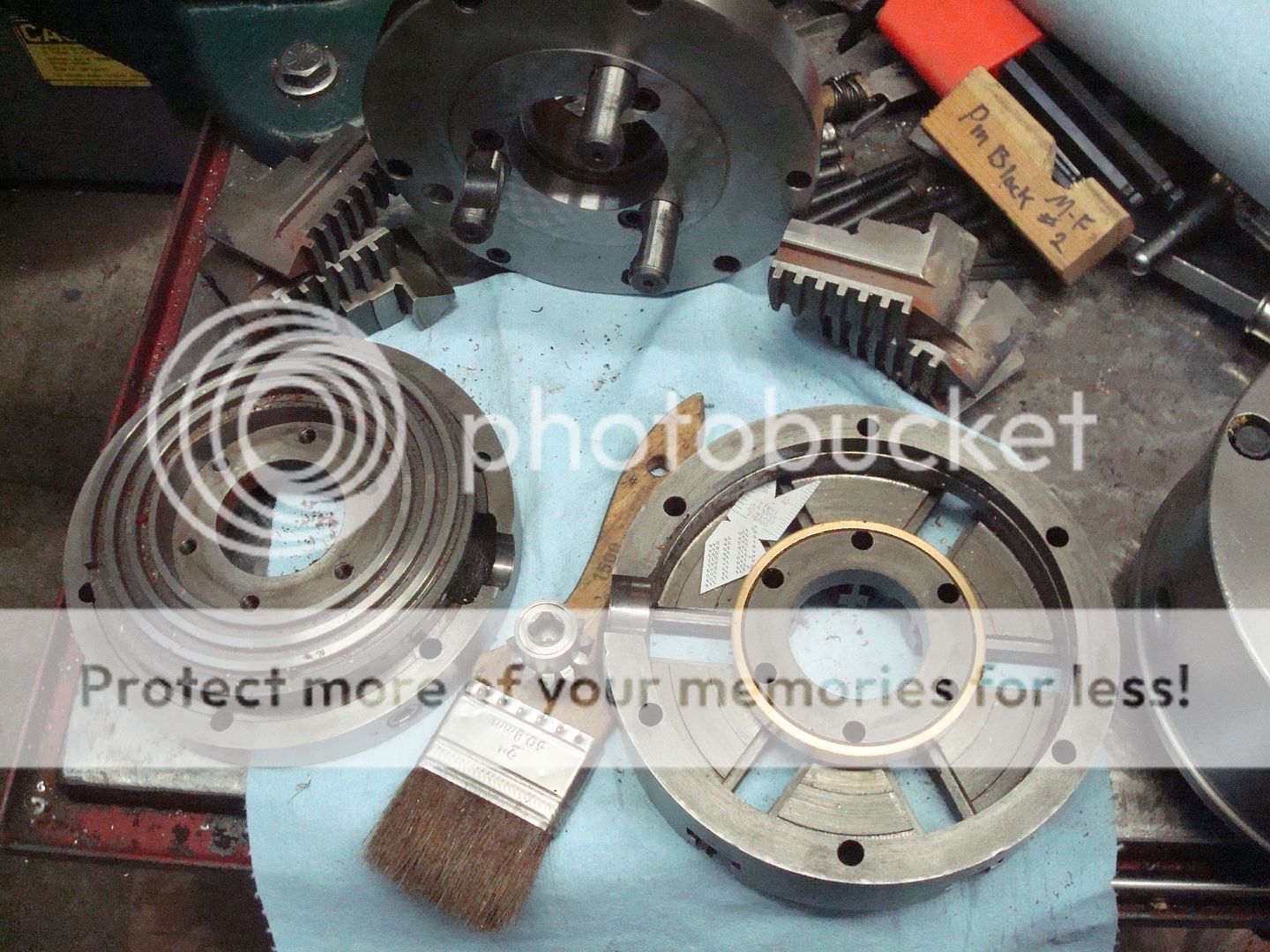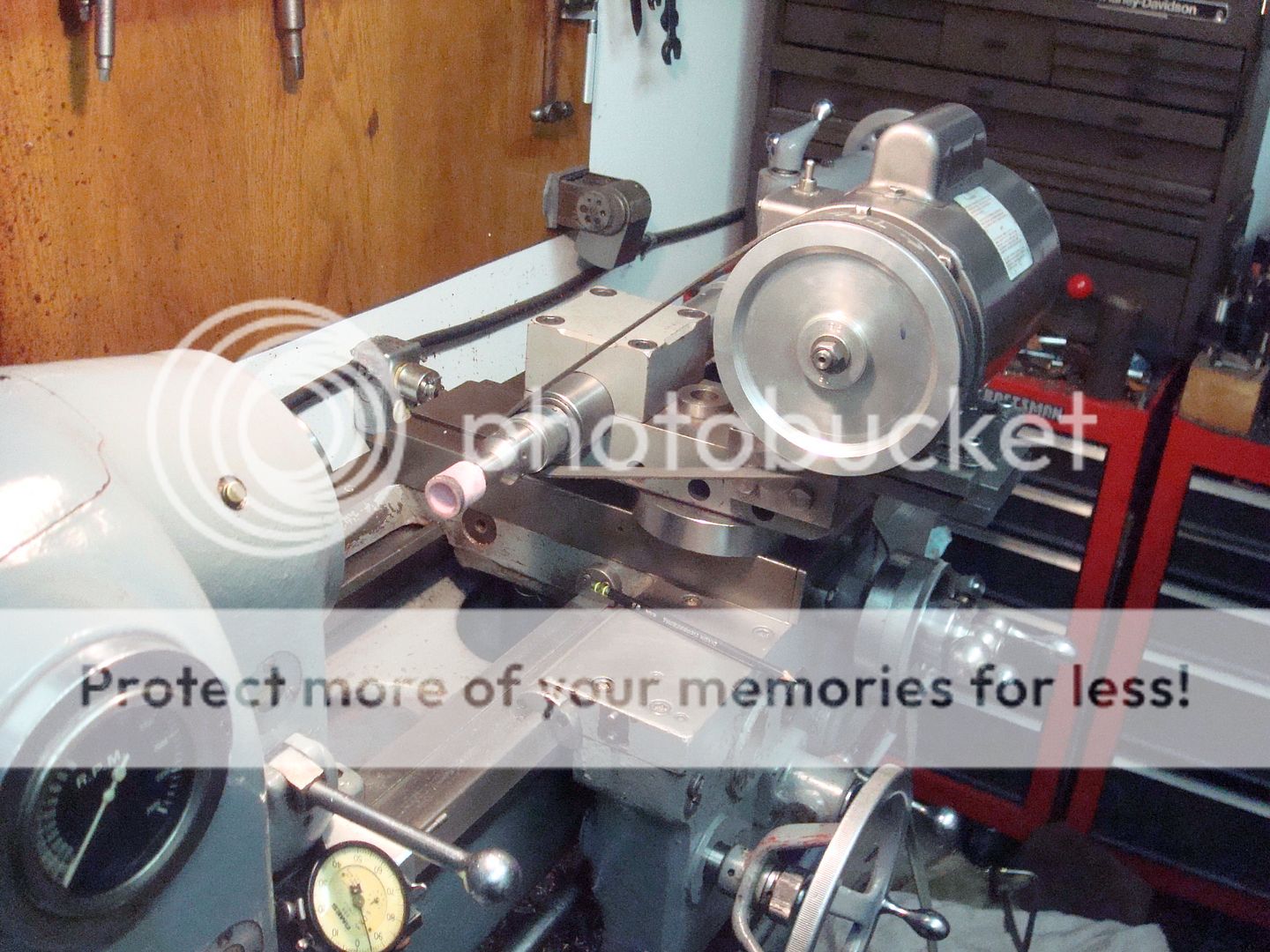Anyone had any luck regrinding chuck jaws? I have a smaller 3 jaw scroll chuck that I cannot get the runout less than 20-25 thou (no matter how I position the piece). Runout on the body is less than 1-1.5 thou, its just the jaws themselves giving me most of the trouble. You can see where the jaws aren't making consistent contact down their length, so they will have to be trued. I've watched a few videos on regrinding, and while it seems fairly straightforward, I don't have access to a tool post grinder.
Here is my question. Would it be possible to first try and true up each jaw individually on a milling machine? Specifically, skim the face of the jaws just enough so they are at least consistent down the length of the face? I know this still poses the problem of them not being "true" in relation to one another, but would at least give me starting point. Of course, getting the jaw located correctly to skim may be a little easier said than done, so any advice would be greatly appreciated.
I realize I'll likely end up having to replace the chuck altogether, but I would at least like to try cleaning it up enough to use.
Here is my question. Would it be possible to first try and true up each jaw individually on a milling machine? Specifically, skim the face of the jaws just enough so they are at least consistent down the length of the face? I know this still poses the problem of them not being "true" in relation to one another, but would at least give me starting point. Of course, getting the jaw located correctly to skim may be a little easier said than done, so any advice would be greatly appreciated.
I realize I'll likely end up having to replace the chuck altogether, but I would at least like to try cleaning it up enough to use.





